Bull Sharks: The Underrated Apex Predators You Shouldn’t Ignore
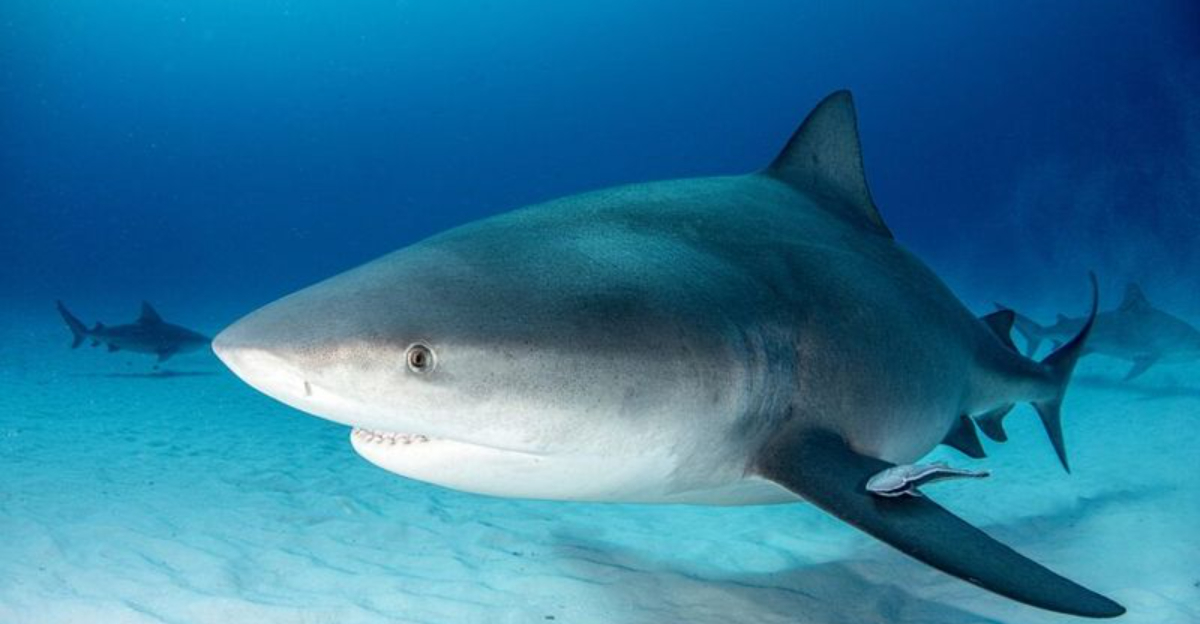
Imagine a predator so adaptable it can swim in both saltwater and freshwater, traveling thousands of miles up rivers to hunt. Bull sharks, with their stocky bodies and aggressive temperament, are among the ocean’s most versatile hunters.
While great whites and tigers get the spotlight, these powerful creatures silently dominate waterways worldwide with remarkable abilities that might surprise you.
1. Freshwater Adventurers
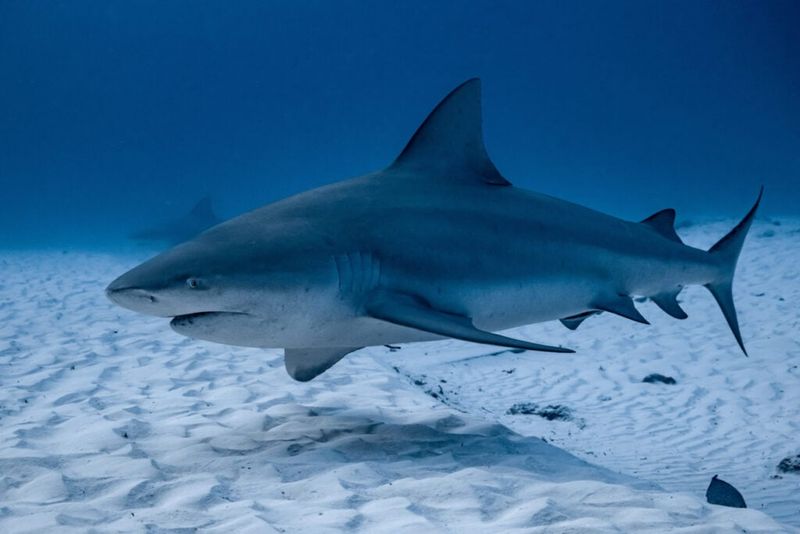
Unlike most sharks, bull sharks can regulate salt in their bodies, allowing them to thrive in freshwater environments. They’ve been spotted over 2,000 miles up the Amazon and Mississippi Rivers!
This unique adaptation makes them the only shark species that can live long-term in freshwater, creating habitats where humans least expect to encounter sharks.
2. Name Origins Mystery
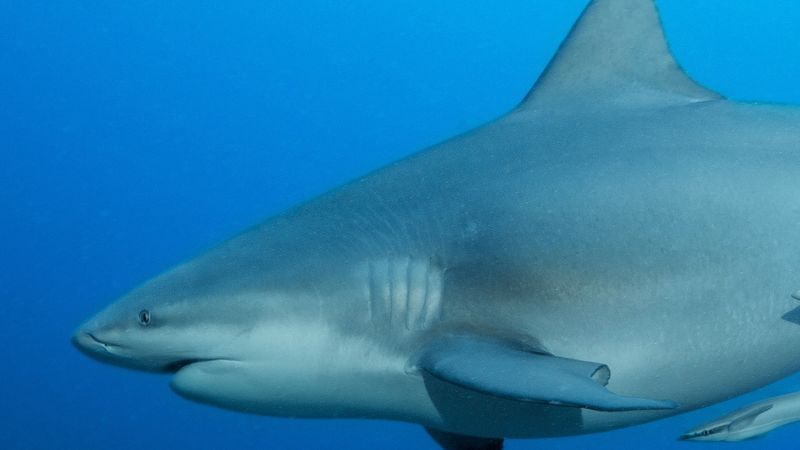
Wonder where these sharks got their name? Their short, blunt snout and stocky body remind people of bulls, but there’s more to it.
Many experts believe their tendency to headbutt prey before attacking – similar to a charging bull – contributed to the name. Their unpredictable, sometimes aggressive behavior sealed the nickname.
3. Bite Force Champions
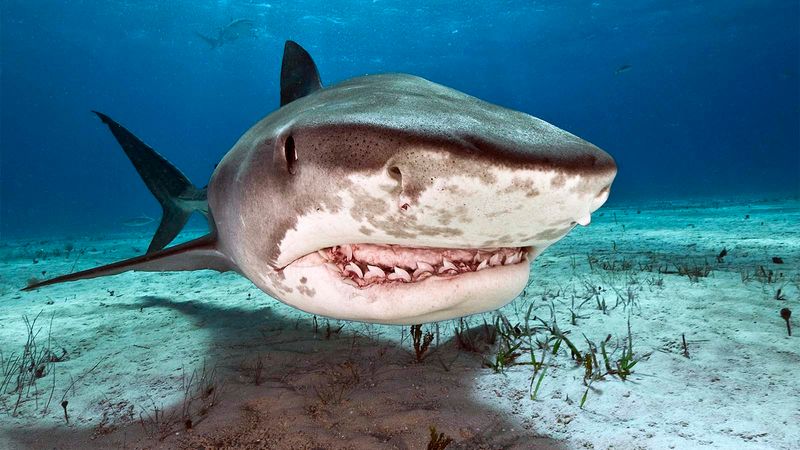
Pound for pound, bull sharks deliver the strongest bite in the shark world. Their jaw pressure measures around 1,300 pounds per square inch – enough force to crush turtle shells and bite through bones.
This extraordinary power comes from specialized jaw muscles and serrated teeth designed for tearing through tough prey.
4. Masters Of Murky Waters
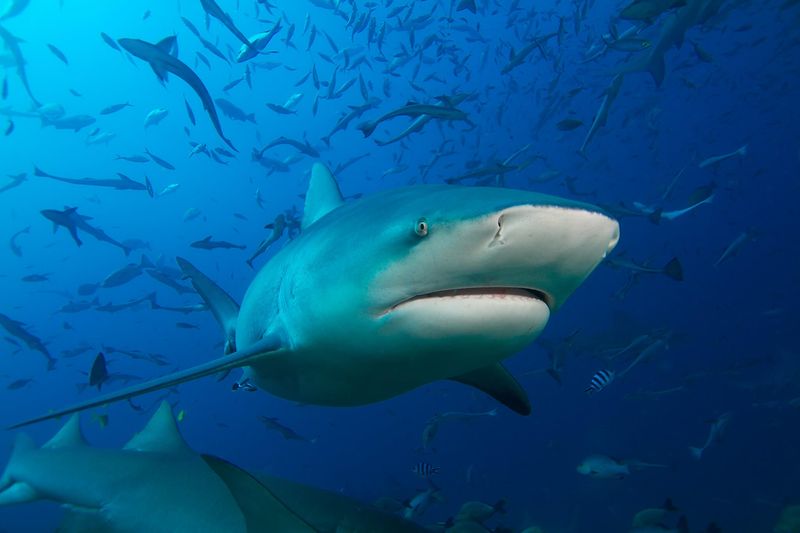
Vision isn’t their strongest suit, but bull sharks compensate with remarkable electroreceptors called ampullae of Lorenzini. These special sensors detect tiny electrical fields produced by all living creatures.
Combined with excellent smell and pressure sensors, they’re perfectly equipped for hunting in muddy, low-visibility waters where other predators would struggle.
5. Worldwide Wanderers
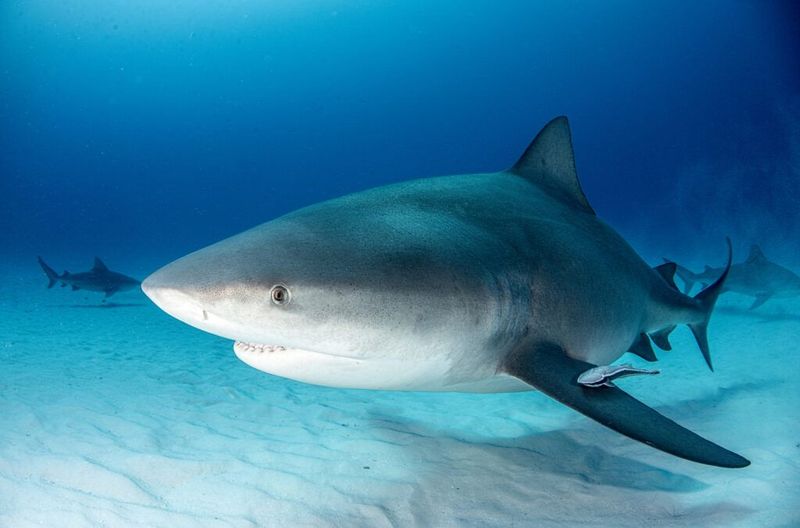
Bull sharks have a remarkable global presence, thriving in warm coastal waters across six continents. From the Gulf of Mexico to the Mediterranean Sea, and as far as Australia and South Africa, their range is impressive.
Preferring shallow waters under 100 feet, these predators can also plunge to depths of 500 feet when needed. Such adaptability has allowed them to establish a widespread presence around the world.
6. Baby Shark Nurseries
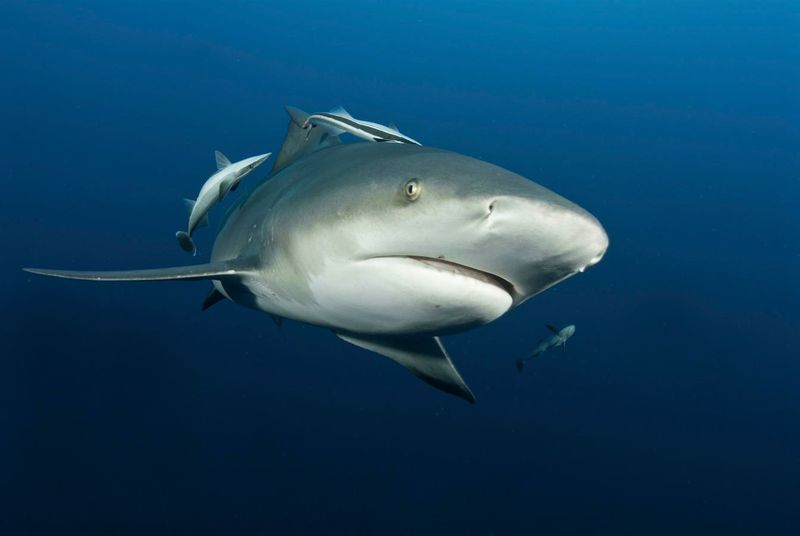
Mother bull sharks cleverly use freshwater environments as nurseries for their pups. Rivers and estuaries provide young sharks protection from larger ocean predators that can’t follow them inland.
A female typically gives birth to 1-13 live pups after a 10-11 month pregnancy. These baby sharks emerge fully formed and ready to hunt!
7. Unexpected Lake Residents
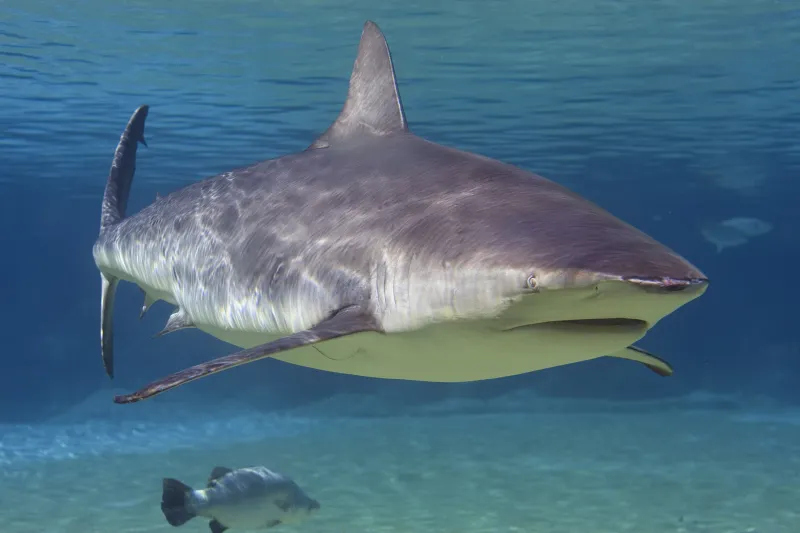
Lake Nicaragua once housed a famous isolated bull shark population. For years, scientists thought they were a unique freshwater species until discovering they could jump rapids to reach the Caribbean Sea.
Another unusual home? Australia’s golf course lakes! After a 1996 flood, some bulls made themselves comfortable in Queensland’s lake hazards, surprising unsuspecting golfers.
8. Prehistoric Survivors

Talk about staying power! Bull shark ancestors have roamed Earth’s waters for over 25 million years, according to fossil records. Their basic design hasn’t changed much during this incredible timespan.
They’ve survived multiple mass extinctions that wiped out countless other species. This remarkable resilience speaks to their perfect adaptation as apex predators.
9. Temperature Tolerance Champs
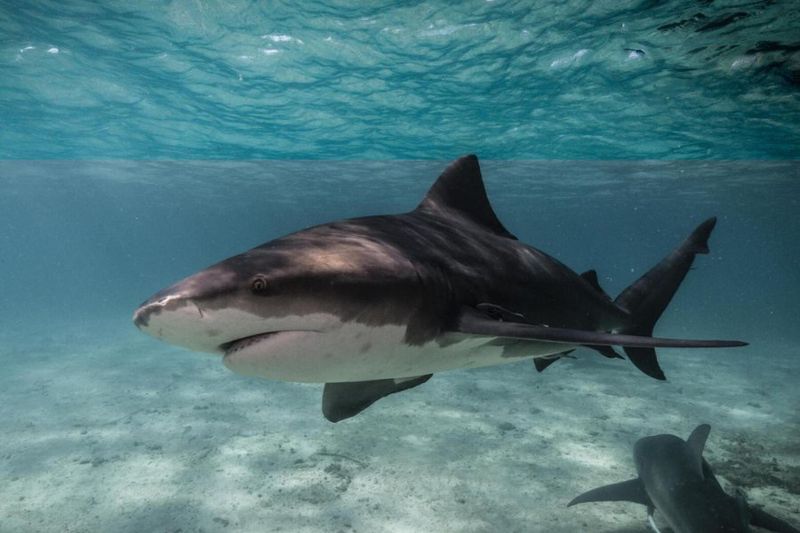
Unlike most sharks, bull sharks thrive in a wide range of water temperatures, comfortably navigating between 60°F and 90°F. Such tolerance allows them to explore tropical rivers in Central America and venture into the cooler waters near New York.
Few shark species can boast such a broad thermal range, making them exceptionally versatile. From warm lagoons to chilly coastal zones, they navigate diverse habitats with ease.
10. Curious Taste Tests
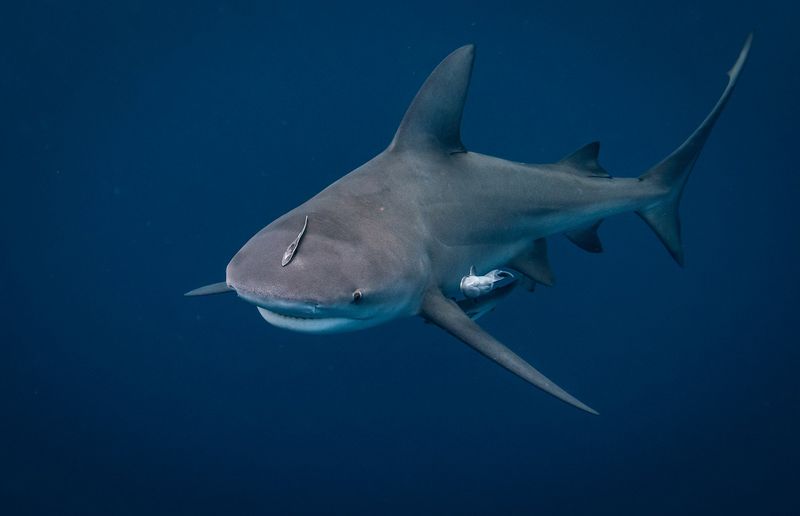
Ever hear that sharks don’t like human flesh? Bull sharks didn’t get that memo. They’re notorious for “test bites” where they sample unfamiliar objects – including people – to determine if they’re edible.
Unfortunately, their powerful jaws mean even exploratory bites cause serious damage. Most attacks happen in murky water where they mistake humans for natural prey.
11. Ocean’s Garbage Disposals
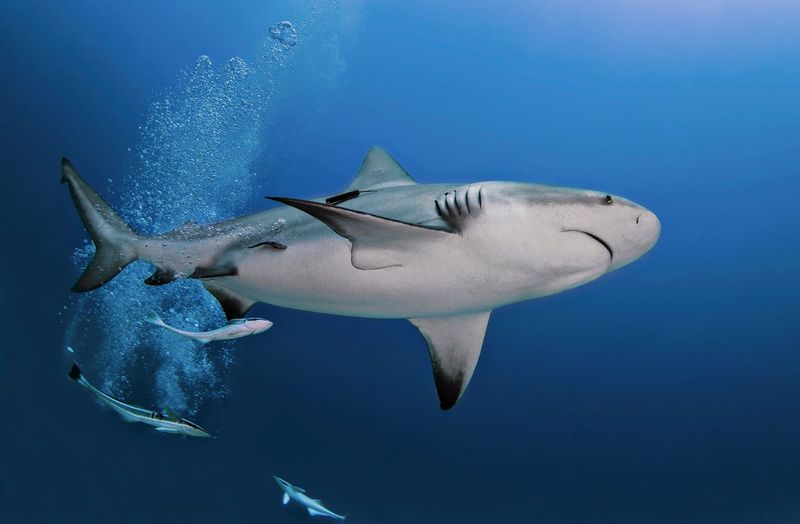
Bull sharks are nature’s ultimate scavengers, consuming an astonishing variety of prey, from fish and dolphins to birds and turtles. Even other sharks aren’t off the menu, making them formidable predators.
Known for their indiscriminate eating habits, they’ve been discovered with license plates, tin cans, and various debris in their stomachs. Such adaptability allows them to thrive even in human-impacted waters, where more selective species may struggle.
12. Territorial River Rulers
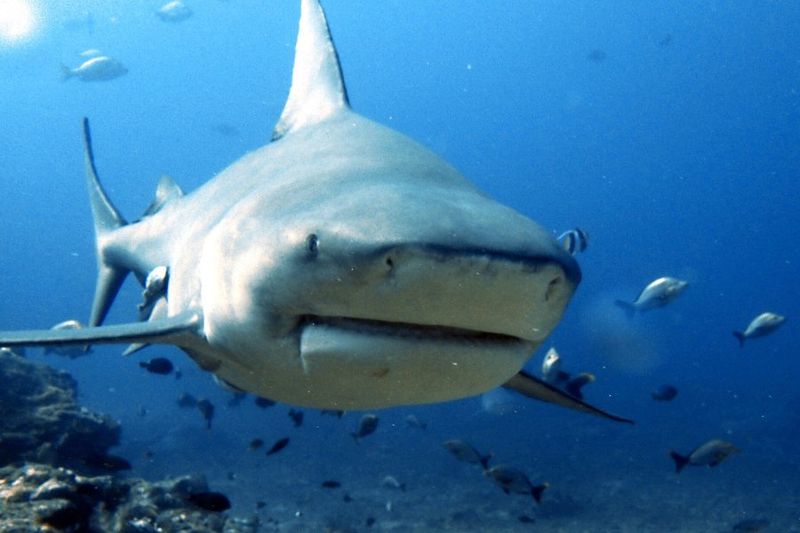
When bull sharks claim a river territory, they become the undisputed bosses. They’ve been documented establishing multi-year territories in certain river systems, returning to the same spots seasonally.
Local fishermen in some areas track individual bulls by their distinctive behaviors and markings. Some have even been named by communities after years of sightings!
13. Unexpected Social Lives
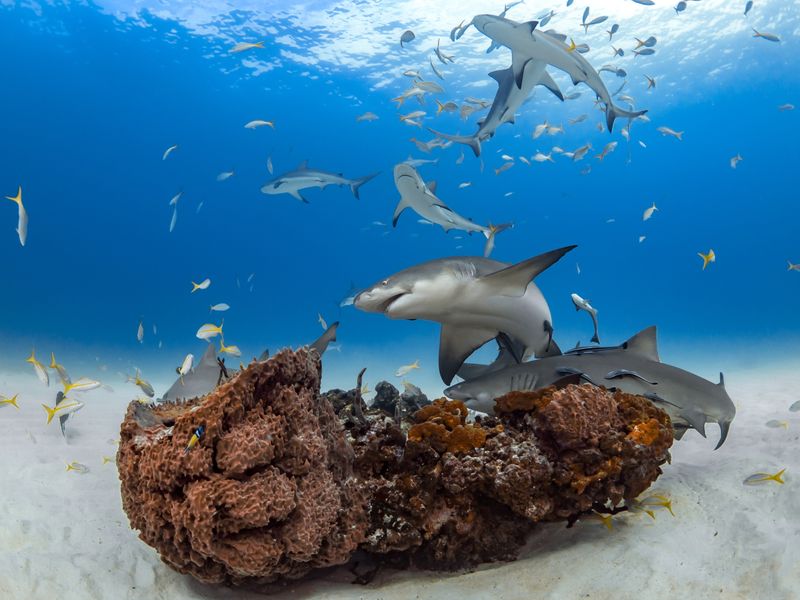
Forget the lone hunter stereotype! Recent studies show bull sharks form complex social networks and hunting partnerships. Researchers have observed them coordinating to herd fish and sharing large prey.
They recognize each other individually and form preferences for certain hunting partners. This social intelligence wasn’t suspected until underwater cameras captured their coordinated behaviors.
14. Impressive Growth Spurts
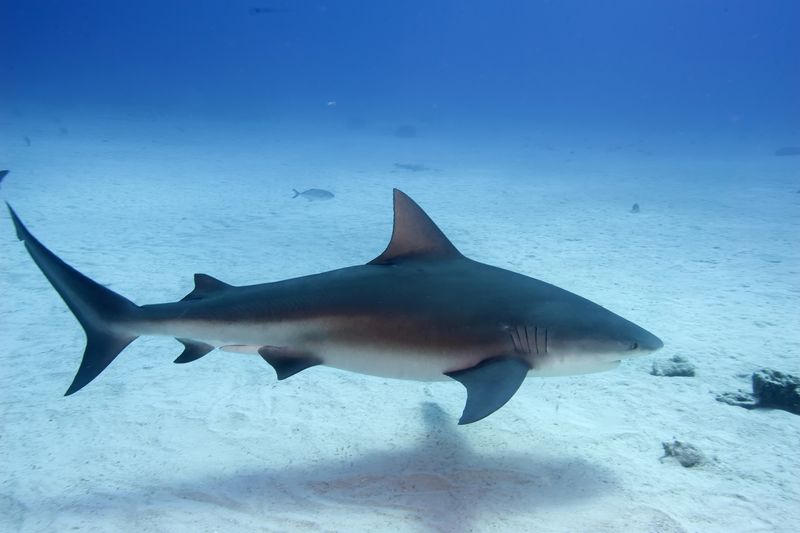
Born at just 2-3 feet long, bull sharks undergo remarkable growth transformations. They can reach 7-11.5 feet as adults and weigh up to 500 pounds!
Females typically outgrow males, with the largest recorded female measuring over 13 feet. They grow quickly in their early years, gaining several feet during their first decade of life.
15. Unexpected Cultural Significance

In Fiji, bull sharks hold sacred status among some indigenous communities. Traditional stories describe them as protectors and spiritual messengers between underwater and human worlds.
Special ceremonies honor these sharks, and some villages have traditional “shark callers” who communicate with them. Modern shark diving tourism now brings economic benefits to these same communities.






